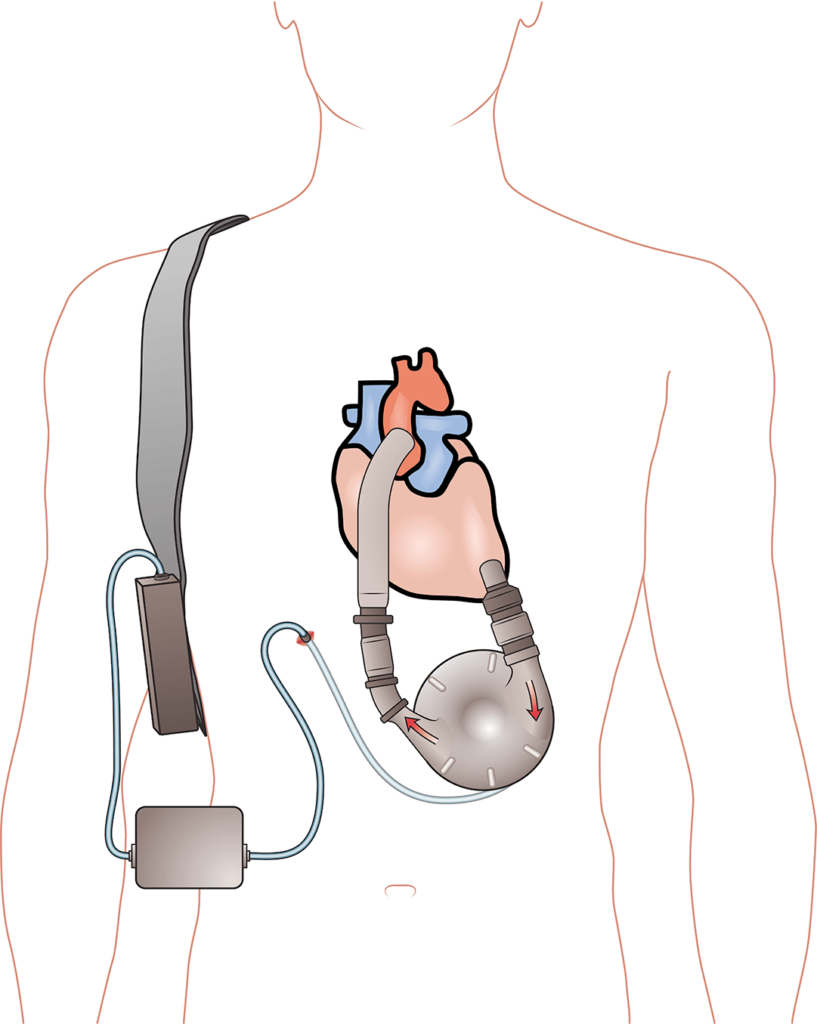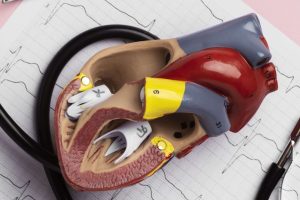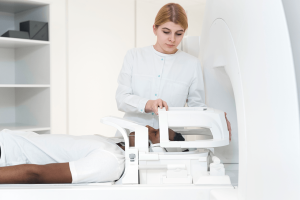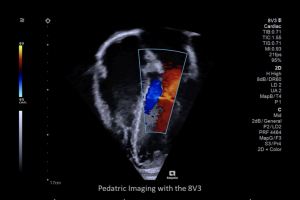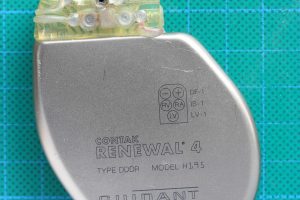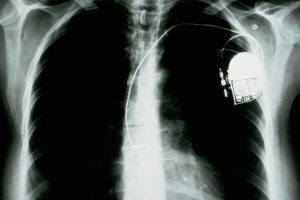The heart never takes a break. The heart is a strong muscle that never stops exercising, not for a minute. Every minute it needs blood, nourishment and oxygen. At Amarillo Heart Institute, we understand the importance of keeping your heart healthy and functioning at its best. We believe that a healthy heart is the foundation of a healthy life, and our goal is to provide you with all you need to achieve optimal heart health, a happier heart.
Left Ventricular Assist Device Insertion (LVAD)
LVAD (Left Ventricular Assist Device) insertion is a surgical procedure that involves implanting a mechanical device to help the heart pump blood. It is commonly used as a treatment for end-stage heart failure, a condition in which the heart is unable to pump enough blood to meet the body’s needs.
The LVAD is a small, battery-operated pump that is implanted in the chest and connected to the heart. The pump helps the left ventricle of the heart, which is responsible for pumping oxygen-rich blood to the rest of the body, by taking over some or all of its pumping function. The LVAD is powered by an external battery pack that can be worn on the body or carried in a small bag.
LVAD insertion is typically used in patients with end-stage heart failure who are not candidates for heart transplantation or who are awaiting a transplant. It may also be used as a long-term treatment option for patients who are not eligible for other treatments, such as medication or surgery.
End-stage heart failure is a condition in which the heart is no longer able to pump enough blood to meet the body’s needs. This can lead to symptoms such as shortness of breath, fatigue, and swelling in the legs and feet. LVAD insertion can help improve blood flow and alleviate these symptoms, allowing patients to live longer and have a better quality of life.
In some cases, LVAD insertion may also be used as a temporary treatment option for patients who are recovering from a heart attack or other cardiac event, or as a bridge to heart transplantation.
How LVAD Insertion works
Evaluation and Preparation: Before the LVAD insertion procedure, patients will undergo a thorough evaluation to determine if they are good candidates for the procedure. This may include a physical examination, imaging tests (such as an echocardiogram or cardiac MRI), blood tests, and other diagnostic tests.
If the patient is deemed a good candidate for the procedure, they will undergo a period of preparation, which may include medication management, lifestyle changes, and education about the LVAD device and how to manage it.
Anesthesia: The LVAD insertion procedure is typically performed under general anesthesia, which means the patient will be asleep and will not feel any pain or discomfort during the procedure.
Incision: The surgeon will make an incision in the chest, usually on the left side, to access the heart. The size and location of the incision may vary depending on the patient’s anatomy and the type of LVAD being implanted.
Implantation: The LVAD is implanted by attaching it to the heart and connecting it to the aorta. This involves creating a small hole in the heart’s left ventricle and inserting a cannula (a small, flexible tube) to allow blood to flow from the heart into the LVAD.
The LVAD is then attached to the heart with sutures and secured in place. The device is also connected to an external battery pack and controller that regulate the device’s function.
Close the Incision: Once the LVAD is implanted and connected, the surgeon will close the incision with sutures or staples and apply dressings.
Recovery and Follow-Up: After the procedure, the patient will be monitored closely in the hospital to ensure that the LVAD is functioning properly and to watch for any complications. The patient may need to stay in the hospital for several days or longer depending on their overall health and the complexity of the procedure.
Once the patient is discharged from the hospital, they will need to carry the external battery pack and controller with them at all times and will need to learn how to properly care for the LVAD. This includes how to clean and change the batteries and how to troubleshoot any issues that may arise.
Patients who undergo LVAD insertion will need to undergo regular follow-up appointments with their medical team to ensure that the device is functioning properly and to monitor their overall health. They may also need to make lifestyle changes (such as changes to their diet or exercise habits) and take medications to manage their heart failure.
LVAD insertion is a major surgical procedure that carries risks, including bleeding, infection, blood clots, stroke, and device malfunction. However, for patients with end-stage heart failure, an LVAD can be a life-saving treatment option that improves quality of life and extends survival.

